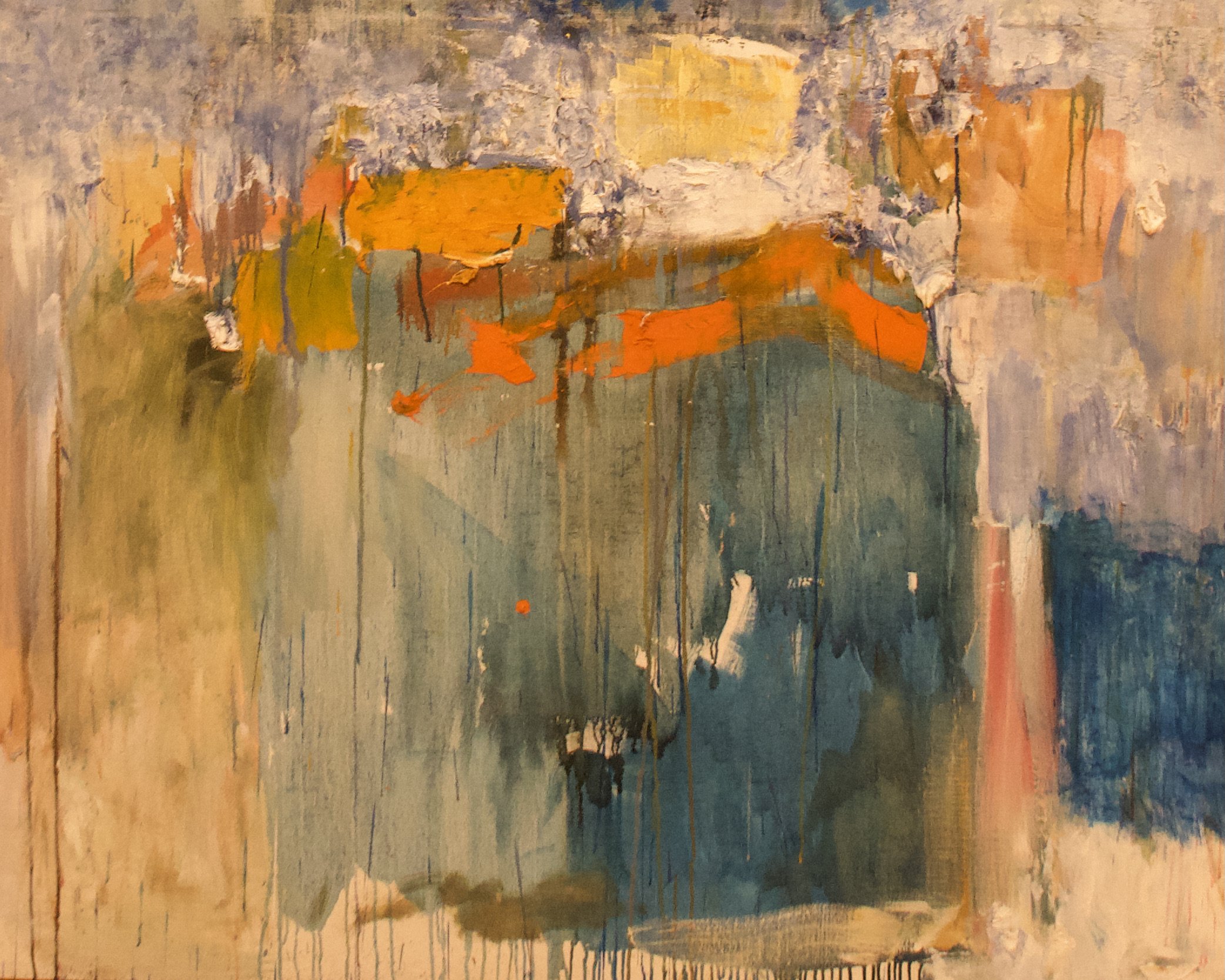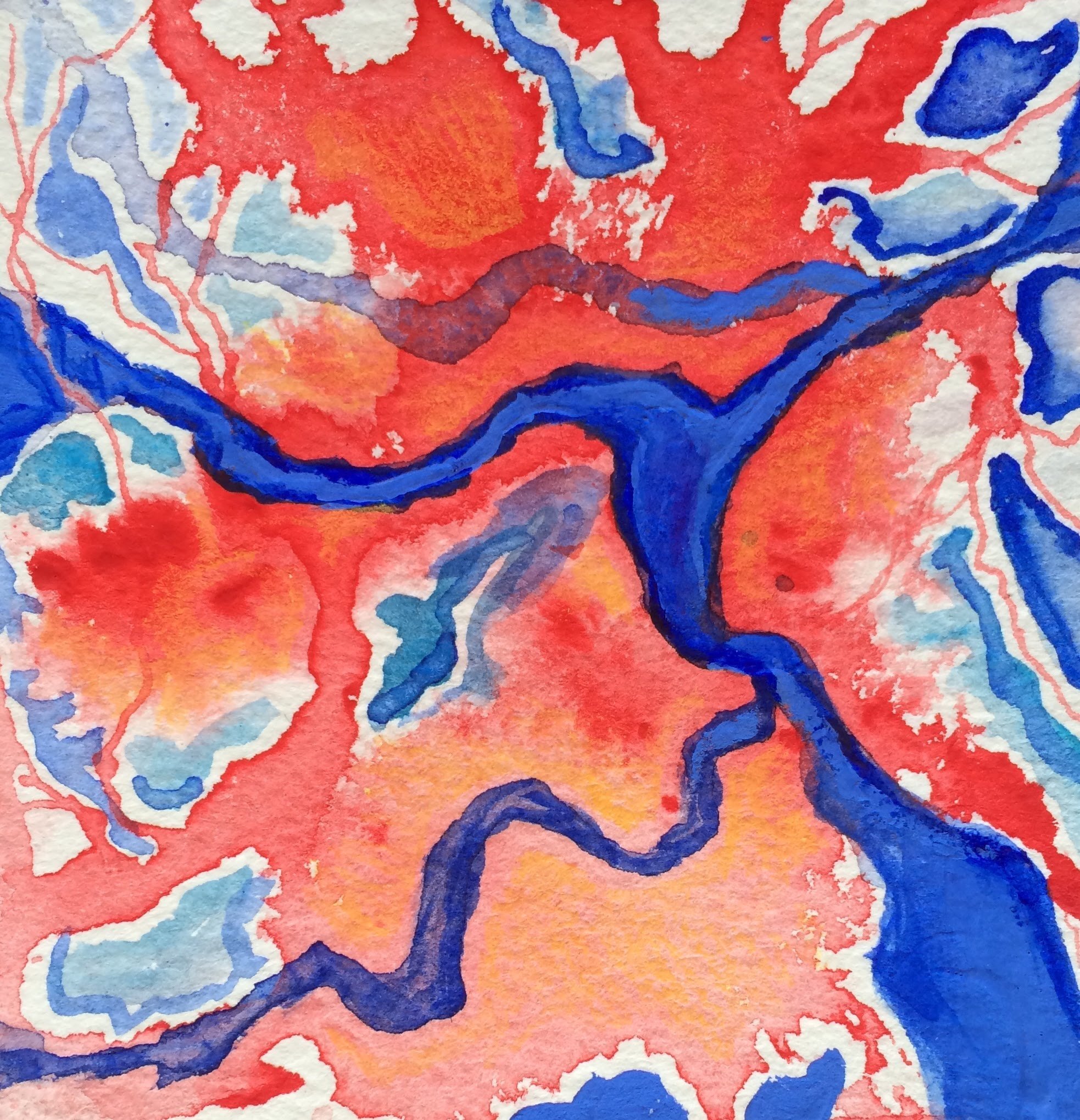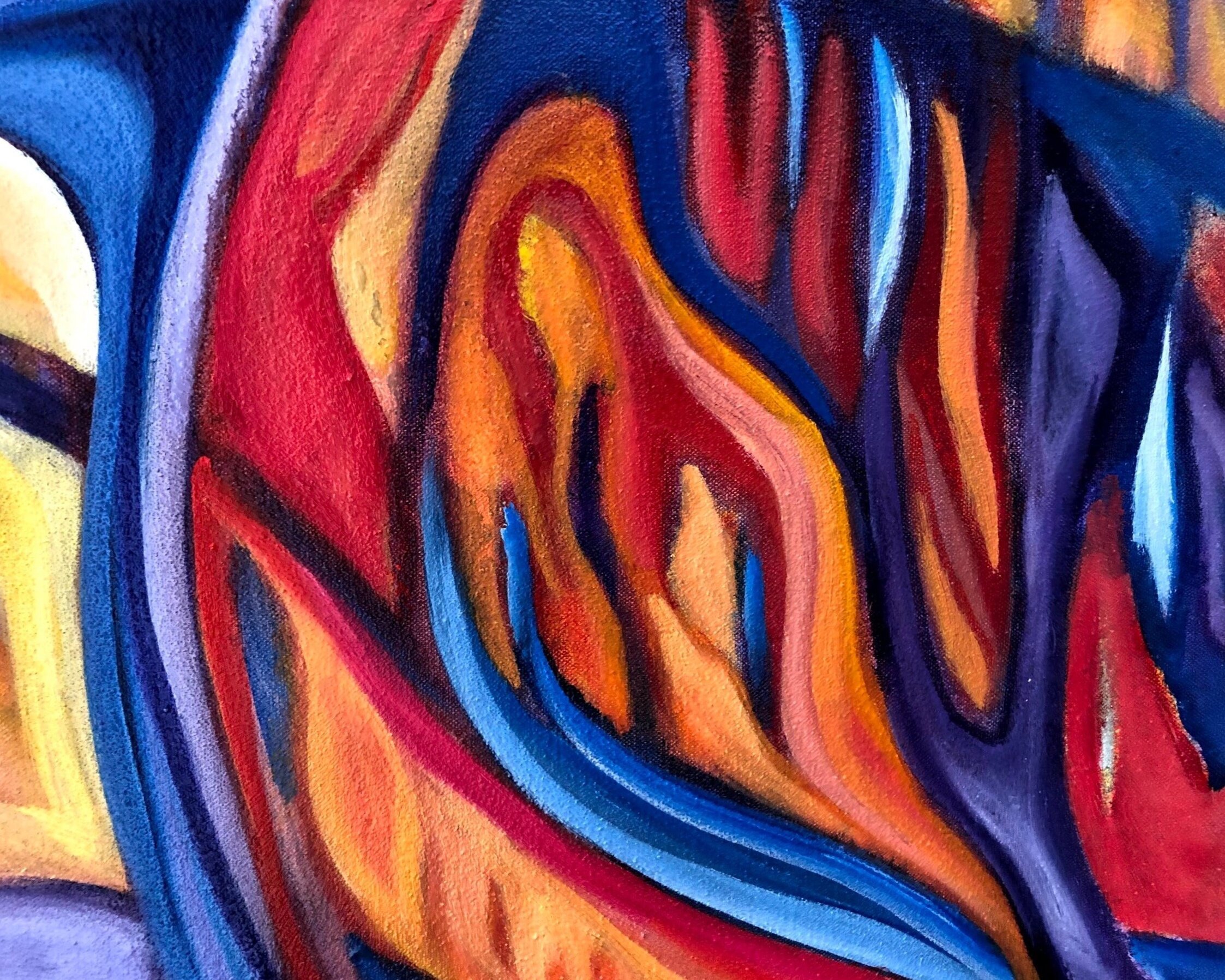
THERAPY SERVICES
Providing Integrative Therapeutic Models for Holistic Mental Health Treatment:
“Trauma shuts us down but arts-based approaches re-engage the senses and can help us feel alive again”
—Cathy Malchiodi, PhD, LPCC, REAT
Art Therapy
Art therapy provides clients with focused, compassionate guidance in the creative process of art making. It assists clients in better understanding and communicating their thoughts & feelings, and in improving their cognitive, emotional, and physical well-being.
Studio art therapy is carefully tailored to meet the needs of all individuals, regardless of age or artistic experience level. The purpose of art making in a session is to create imagery that will creatively express internal experiences in ways that are user-friendly, adaptable, and enjoyable. This focus helps free clients from internal judgments and concerns about the final product, and enhances expressive freedom and personal growth.
Art Therapy Helps Clients To:
• Reduce stress • Improve healthy communication • Process trauma • Resolve interpersonal conflicts
• Increase self-awareness & self-esteem • Heal from painful experiences • Strengthen healthy coping skills • Build resilience through creativity • Integrate mind & body • Find meaningful insights
Individualized art therapy for all ages
Art Therapy Helps Children to:
Share the content of their minds in a safe and contained relational environment
Process their emotions through their own unique visual language
Build a healthy sense of self
Boost emotional intelligence in order to better
Express and regulate difficult emotions
Understand and change problematic behaviors
Adjust to life changes and new challenges
build healthy trust in themselves and others
Art Therapy Helps Adolescents to:
Express and contain turbulent emotions that correspond with hormonal and social changes
Practice independent creative thought to better manage a wide variety of personal and social challenges with competence and emotional flexibility
Experiment with their ideas and feelings in creative ways to develop improved
frustration tolerance
empathy for others
motivation & planning
self-compassion
mindfulness & grounding skills
Art Therapy Helps Young Adults to:
Identify, explore, and express the shifting emotions connected to a life stage of frequent transition & personal change
Use visual schema and imagery to promote healthy conceptualization of complex issues to better address them strategically
Engage with individualized images and creative metaphors to explore how earlier life experiences may have shaped current patterns, including those related to
Family of origin dynamics
Prior traumatic experiences
Relationship pattern difficulties
Belief systems underlying personal expectations of the self and others
Cultural factors connected to mental health
Art Therapy helps Adults to:
Reconnect with a sense of playfulness and spontaneity that encourages psychological growth and healing
Sort through conflicting and confusing thoughts and emotions in a tangible, sensorily engaging format
Enhance self-care and mindfulness strategies to reduce burnout and fatigue
Express emotions that may not be accessible in words alone
Clarify verbal frameworks and illustrate concepts related to personal mental health
Build new psychological skills and strategies to better regulate difficult emotions
Deepen self-awareness an self-acceptance
Make new meaning of prior hardships and current challenges in a way that renews personal power
EMDR Therapy
Eye Movement Desensitization and Reprocessing Therapy
“Changing the memories that form the way we see ourselves also changes the way we view others. Therefore, our relationships, job performance, what we are willing to do or are able to resist, all move in a positive direction.”
EMDR is a psychotherapy method that has been researched and developed to help people safely heal from psychological and emotional trauma. EMDR therapy demonstrates that the mind can heal from psychological trauma in much the same way as the body recovers from physical trauma. EMDR therapy shows that the brain’s information processing system naturally moves toward mental health. If this adaptive mental system is blocked or imbalanced by the impact of a traumatic event, the emotional wound can continue to cause intense emotional, cognitive, and physical suffering. Once the block is removed, healing resumes. Using the detailed protocols and procedures involved in this method, clients are able to activate their natural healing processes and move towards greater health.
EMDR therapy makes use of two important concepts: dual attention awareness (experiencing feeling safe in the present moment while also encountering difficult memories), and bilateral stimulation (provided by a hand-held tactile device that gently alternates stimulation from one side of the body to the other). Using these tools, clients are able to safely notice as targeted internal associations arise, and painful memories become less distressing on an emotional level. Clients also experience powerful cognitive insights as a result of their accelerated intellectual and emotional processing. EMDR is a powerful method, and can be integrated into the art making and image-based work practiced in art therapy.
Psychotherapy
Clare regularly uses the following evidence-based therapeutic models in integrative therapy, as guided by individual treatment goals and client preferences. This allows treatment to flexibly address the emotional, logical, and behavioral functioning of the whole individual.
-
DBT is a psychosocial cognitive-behavioral therapy model geared towards developing mindfulness skills in order to be more aware of your feelings and surroundings, and to act from a place of internal balance and wisdom. This model, developed by psychologist Martha Linehan, uses specific mental devices to learn skills to manage upsetting emotions or situations without making things worse, reduce vulnerability to out of control emotions, and find effective ways of interacting with others in a variety of emotionally challenging circumstances.
-
CBT is an evidence-based therapy model informed by a variety of thought traditions. This model focuses on exploring the integrity of your internal logic as related to your emotions and behaviors. Clients are encouraged to recognize that their emotions, while real and important, do not always reflect accurate facts, and may lead to mistaken beliefs and distressing assumptions. CBT encourages clients to actively engage in restructuring their thoughts in order to better regulate their emotions and behaviors.
-
ACT is a non-linear behavioral therapy model that seeks to maximize human potential for a rich and meaningful life, while effectively handling the pain that comes along with living. This model helps clients to clarify what is important to them, and to use this knowledge as a guide to motivate life-enriching behavior. ACT teaches six core therapeutic processes that help to build psychological flexibility in order to respond to a wide variety of situations with internal courage and integrity.
Animal-Assisted Therapy (AAT)
Meet Finnegan
Finnegan is a cheerful and friendly English Cocker Spaniel who has completed the training and testing requirements for certification with Therapy Dogs International (TDI). His loyal, outgoing nature and love of human companionship helps him develop deep and lasting bonds with clients.
He is happy to sit with clients as they work through therapeutic material, and provides emotional support and a presence of warm, non-judgmental acceptance.
Benefits of Animal-Assisted Therapy:
Provides active physical grounding in the present moment
Facilitates a sense of increased therapeutic trust and interactive acceptance
Reduces state anxiety, as reflected in lowered blood pressure, cortisol levels, and heart rate
Increases oxytocin, a biomarker linked with secure bonding and attachment, trust, anxiety management, sharing of emotions, reduction of fear responses, and social affiliation
Assists in reinforcing a healthy sense of self
Contributes to a relaxed, enjoyable environment within the therapeutic relationship
*Please note: Finnegan’s physical care is specifically maintained to minimize the potential effects of any allergens. For most individuals, he is a low allergenic dog.














